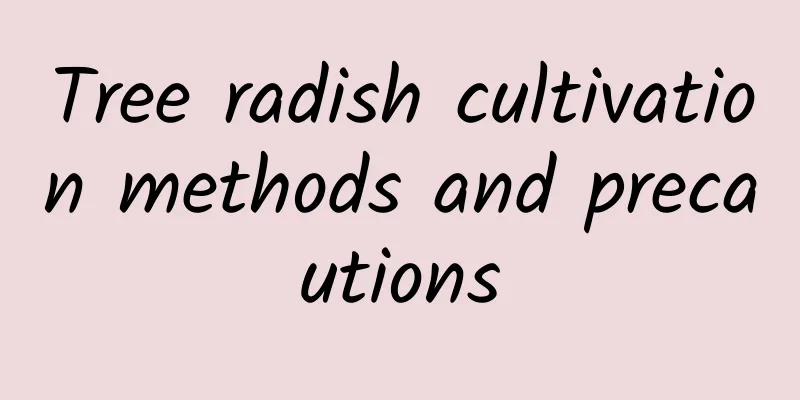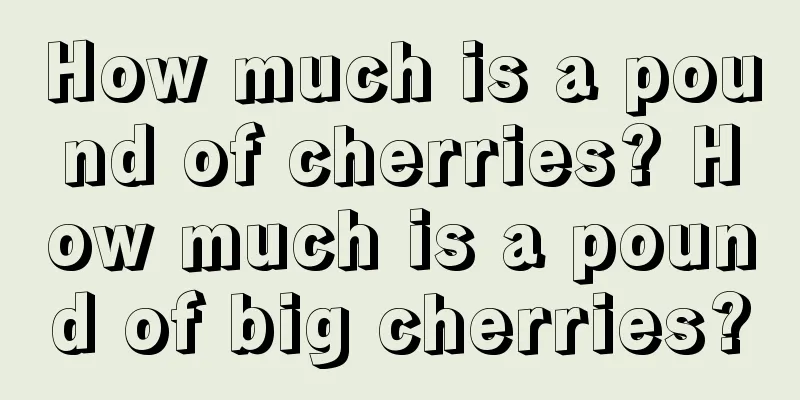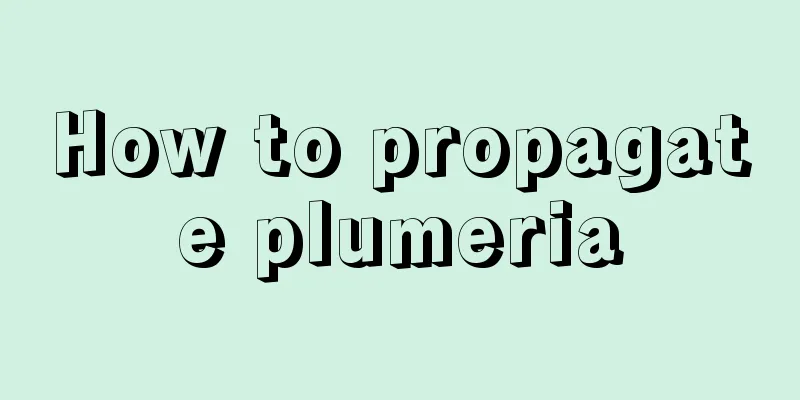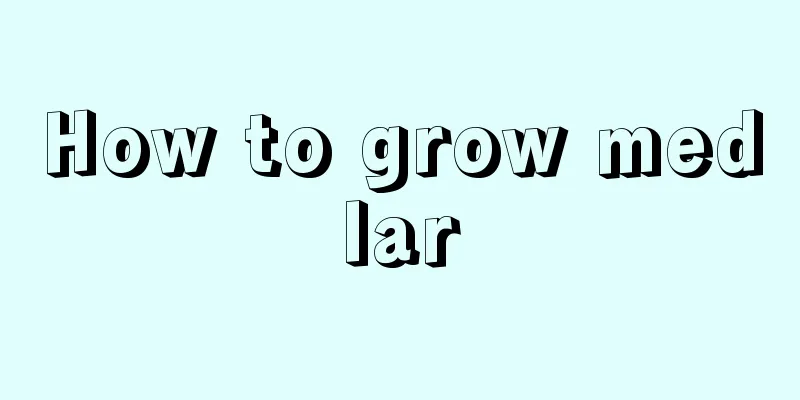The difference between buckwheat tea and kuding tea
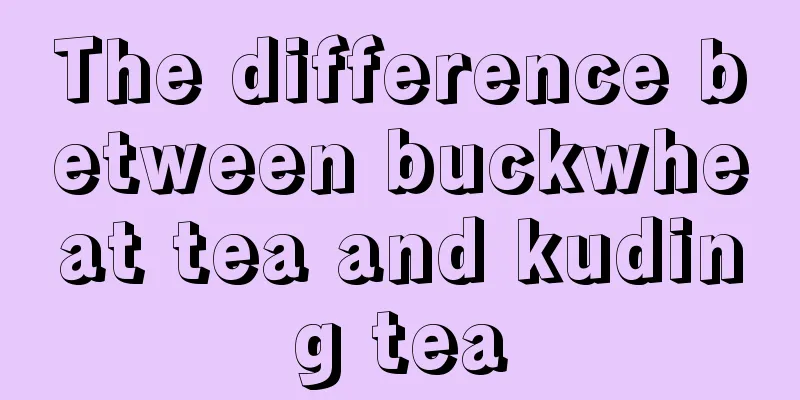
1. Leaf DifferenceThe basal leaves of Tartary Buckwheat Tea are broadly obovate, 23 to 25 cm long and 18 to 20 cm wide, with a rounded apex and a wedge-shaped base. The edges have teeth of varying sizes or are double serrated. The petiole is up to 20 cm long and has small lobes. The central stem leaves are oblong, 3 to 4 cm long, with several teeth on the edges and are sessile. The leaves on the upper part of the stem are broad linear, gradually narrowing at the base, and the leaves have entire margins. The leaves of Kudingcha are thick leathery, spirally alternate, 8 to 25 cm long, 4.5 to 8.5 cm wide, with sparsely sharp teeth on the edges and no pubescence on both sides. The leaves are ovate-oblong, not wrinkled, some are slightly curled longitudinally, shiny yellow-green or gray-green above, and yellow-green underneath. 2. Flower DifferencesThe inflorescence of buckwheat tea is racemose, the flowers are yellow, 6 to 8 mm in diameter, and the petals are obovate. The flowers of Kudingcha are dioecious, or unisexual and bisexual flowers coexist, and the flowers are white or yellow. |
<<: The difference between Kudingcha and Dandelion
>>: The difference between Lucong and Bana
Recommend
Cutting propagation method of double-heart fur grass
Cutting propagation time of double heart fur gras...
How to identify the rich
1. Blades The leaves of the Chinese phoenix are e...
If the Christmas cactus is slow to bloom, throw a small pill into the soil and the problem will be solved
However, Christmas cactus is different from other...
How much does an osmanthus tree seedling cost? Which osmanthus tree is the best and most valuable?
1. How much does the seedling cost? The price of ...
How to water potted gourds
Key points for watering potted gourds When growin...
Is it profitable to grow Ganoderma lucidum? Profits and prospects of growing Ganoderma lucidum
Can you make money by growing Ganoderma lucidum? ...
How many days does it take for celery to germinate?
Celery is a common vegetable variety in rural are...
What is the function of Podocarpus
I can admire myself alone Podocarpus is loved for...
Grow these ten kinds of flowers and your home will be filled with fragrance!
Daffodils Daffodils are relatively common flowers...
How and when to plant mint
Mint planting time and month Mint is suitable for...
These flowers grow better in water
Rosemary in water Procedure If you don’t have a s...
Cultivation methods and precautions of Desert Rose
1. Soil: To grow Desert Rose, you need to use san...
How is it good for Feng Shui to grow chrysanthemums at home?
The meaning of chrysanthemum In fact, most people...
How to grow the branched apricot so that it will bloom out of the pot easily?
The ramified apricot is a succulent plant that is...
Ginkgo leaves fall off after being watered too much, and the leaves turn yellow and wither
1. Watering causes leaves to fall off Ginkgo itse...


